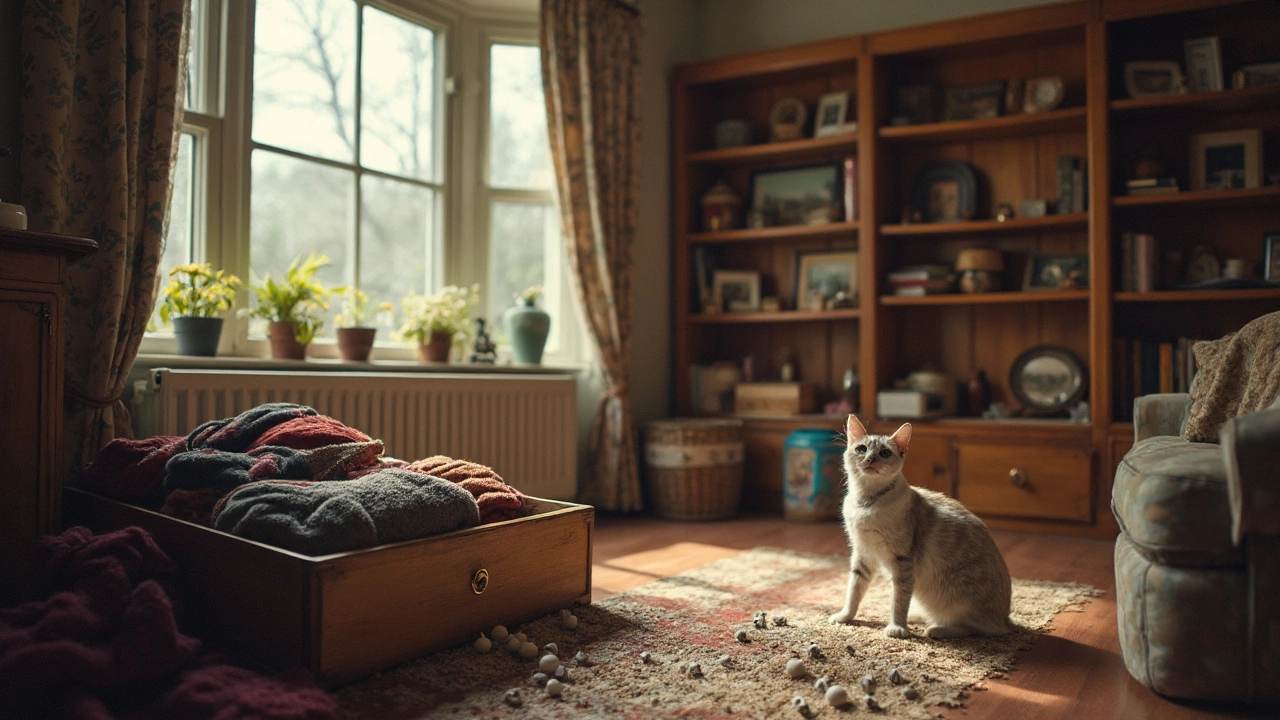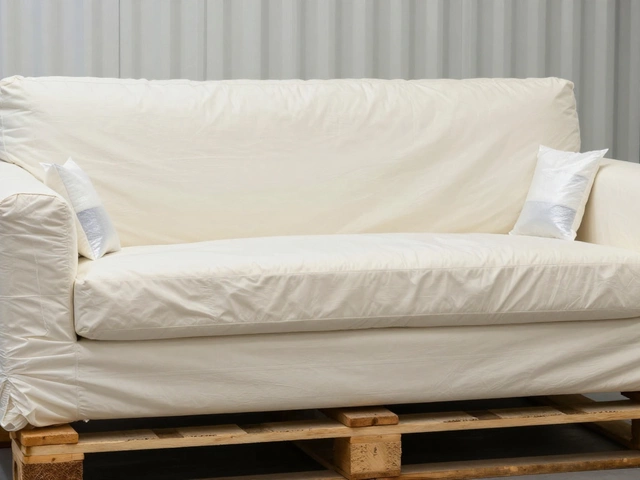Mothballs – What They Are and How to Use Them Safely
If you’ve ever stored a winter coat in a box, you’ve probably seen those tiny white pellets called mothballs. They’re made of chemicals that kill moths and other insects, keeping fabrics from getting damaged. While they do the job, they also release strong fumes that can be harmful if you’re not careful. Below you’ll find straightforward advice on when to reach for mothballs, how to handle them safely, and what you can use instead.
When and Where to Use Mothballs
Mothballs work best in airtight containers. Slip a few pellets into a sealed plastic box or a heavy-duty garment bag, then store your items inside. The sealed space traps the vapor, creating an environment moths can’t survive in. Use them for seasonal clothing, blankets, or silk scarves that you won’t need for months.
Never leave mothballs out in the open. The fumes can spread through your home, irritate your eyes, and cause headaches. Also, keep them away from children and pets – even a small lick can be dangerous. If you notice a strong chemical smell in a closet, open the doors, air out the space, and wash any fabrics that may have absorbed the vapor.
When you’re moving items into storage, place mothballs at the bottom of the container, not on top of the clothing. The fumes rise, so the clothes stay protected. Replace the balls every three to four months; the chemical potency fades over time.
Safer Alternatives to Mothballs
Many people switch to cedar, lavender, or specialized garment bags because they don’t release toxic fumes. Cedar blocks or chips naturally repel moths and add a pleasant scent. Just sand the wood every few years to keep the oil exposed.
Lavender sachets are another low‑risk option. Fill a small cloth bag with dried lavender buds and tuck it into drawers or hanging closets. Fresh lavender works for a few weeks, then you can replace it.
For a more high‑tech solution, consider moth‑proof storage bags that have a built‑in barrier. These bags are sealed with a zip‑lock and a breathable fabric that stops insects from getting in without chemicals.
If you prefer a chemical approach but want less toxicity, look for products labeled “nontoxic moth repellents.” They often use natural essential oils and are safer around kids and pets.
Regardless of the method you choose, the key is to keep storage areas clean and dry. Moths thrive in damp, dark places, so using a dehumidifier or adding silica gel packets can make a big difference.
In short, mothballs are effective when used correctly, but they come with health risks. Seal them in airtight containers, keep them out of reach of children and pets, and replace them regularly. If the smell worries you, try cedar, lavender, or modern moth‑proof bags instead. Your clothes will stay fresh, and you’ll avoid unwanted fumes in your home.
Mothballs: What They Actually Keep Away and Why Storage Furniture Matters
Ever wonder if throwing mothballs in your storage furniture really keeps pests away—or if it’s just an old trick from grandma’s closet? This article digs into which critters mothballs actually repel and how they work. We also look at the risks of using them around your stuff and your family (kids and pets included). You’ll find some surprising uses, plus better ways to protect your storage furniture. By the end, you’ll know when mothballs work, when they don’t, and the safest route for your home.







